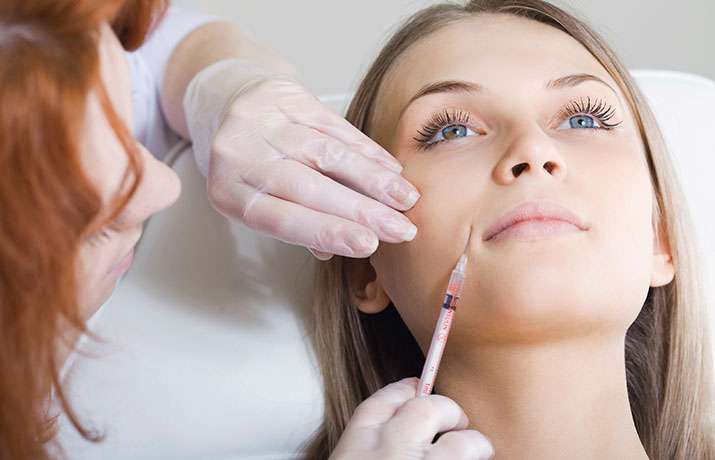Dr. Stan Farrell, a member of the American Academy of Dental Sleep Medicine and board certified with the American Board of Orofacial Pain, has extensive training in treating sleep apnea and other sleep disorders. If you think you might be suffering from obstructive sleep apnea, call Dr. Farrell at 480-945-3629 to set your consultation and visit AZ TMJ at www.headpaininstitute.com.
Chan AS, Cistulli PA.
Abstract:
RECENT FINDINGS: There has been an expansion of the research evidence to support the use of oral appliances in clinical practice. Recent work has focused on the following clinically relevant areas: the effect of device design on efficacy and patient compliance, the role of different modalities for assessing the upper airway in the prediction of treatment outcome, the assessment of the impact of treatment on a range of health outcomes and the evaluation of long-term adverse effects.
SUMMARY: There is robust evidence of the efficacy of oral appliances for improving polysomnographic indices and modifying the health risk associated with OSA. However, further research is required to address a number of unresolved issues, including the influence of device design, titration procedures, prediction of treatment outcome and the clinical effectiveness of oral appliances for modifying the adverse health consequences of OSA.

